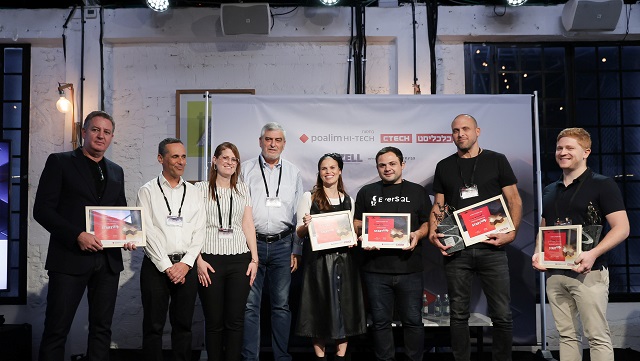
On Thursday, Blings.io won the Calcalist and Poalim Hi-Tech’s StartUp+ competition. The startup is developing a platform for creating dynamic and interactive videos, coming up with a new video format named MPFlyer (MPF) to replace all MP4 files. Calcalist is an Israeli business publication affiliated with the Hebrew daily newspaper Yedioy Ahronot. Hapoalim is one of Israel’s major banks.
The startup won out over 250 candidates. That number was whittled down to 15 finalists.
This past March, Blings raised $4 million in a Seed round lead by Hanaco Ventures with the participation of Vertex Ventures and the Berkeley University Investment Fund.
Blings offers a to scale video software solution. The company declares its goal to be to help businesses communicate more effectively with their users, through video.
The company explains that nowadays everybody is spending their time watching videos for new information, rather than reading about things. Speaking in video, it says, attracts your viewers’ attention and increases brand awareness.
“Our platform gives you the ability to modify your content, design and campaign data, with real time personal control,” says Blings.
“Blings is an effective, interactive and built-to-scale video software solution. Create unlimited interactive and engaging personal videos with no additional cost for amount or frequency.”
Blings.io boasts that it is the only video service where you can scale with no additional cost per quantity or frequency.
“Our unique technology allows you to implement various interactive tools directly into your video, giving you a better understanding of your customers’ behavior, insuring longer viewing times, and motivating your audience to further interact with your product through call-to-action buttons,” they say.
Blings.io co-founder and CEO Yonatan Schreiber told Calcalist that 80% of online traffic is video related, but the technology remains extremely outdated. “This is a 20-year-old technology that treats the data in the video as a closed file that cannot be modified or edited after creation, but things no longer work that way,” said Schreiber. “We know today how to develop video that can be created while being watched, allowing for the video to be customized for the viewer.”




